 When you’re heading west, you want room to roam and an authentic experience.
When you’re heading west, you want room to roam and an authentic experience.
Here in Carbon County, not only do we have plenty of wide-open spaces, we’re moving frontier forward so you can safely explore our rich history full of colorful characters and infamous outlaws while enjoying our charming western towns. You’ll find our businesses are following the necessary guidelines to keep you and yours safe. All you need to do is get inspired, and make plans to Discover Carbon County Wyoming.
Understanding history and learning from the legends and lore is often what brings visitors to Wyoming, again and again.
In Carbon County, you’ll find historical treasures that will thrill and delight you around every corner. The historic hotels and museums remind you of just how tough these women and men were who headed west in the 1800s and 1900s. We’ve compiled a list of historical places you’ll want to add to your itinerary so you can trace their footsteps west.
When you visit Carbon County, you can step back in time and choose to stay in any of the three hotels on the National Register of Historic Places.
The oldest hotel in the county is The Hotel Wolf, serving guests since 1893 in Saratoga, Wyoming. Passengers on the stages running south from Walcott Junction or north from Encampment, Wyoming, had a place to rest and eat thanks German immigrant Frederick Wolf, who opened the hotel on New Year’s Eve. Over the years, the hotel has welcomed governors, scientists, novelists, and even celebrities like Christopher Reeve, as well as, passersby and vacationers exploring the West. While the hotel was renovated to incorporate modern conveniences, it appears much as the beloved Grand Old Gal (the hotel’s nickname) did on its opening day.
In 1905, a Folk Victorian, three-story luxury hotel rose in Elk Mountain, Wyoming, almost halfway between Laramie and Rawlins, Wyoming. The growth of the railroads made access to architectural materials in remote areas possible, turning what were no-fuss simple structures into ornate buildings like The Historic Elk Mountain Hotel. Guests marveled at the spindle porch railings, low-pitched, pyramid-shaped roof with side wings, and embossed tin ceilings (among the loveliest in Wyoming). The hotel was a way-station for entrepreneurs and laborers who traveled here for the timber, mineral, and ranching industries in its early days. Today, the hotel features an eclectic style with a touch of Victorian elegance and Country charm, and no two rooms are alike.
It took 10 years to complete The Historic Virginian Hotel, the biggest one between Denver and Salt Lake City back in 1911. The three and a half story structure was massive for Medicine Bow, Wyoming. It boasted the first electric lights and sewer in town, 12 foot high pressed tin ceilings with Victoria gold and burgundy medallion wallpaper, and velvet drapes. It’s said the hotel’s namesake is a novel, The Virginian, written in Medicine Bow by the father of western fiction, Owen Wister. This was the place for cowboys and railroad workers to rest and refuel, as well as serving as a central spot for business meetings and other gatherings. Today, you can return to those times in antique sleeping rooms or at the Shiloh Saloon, where bullet holes riddled throughout remind you of past shootouts.
Frontier Army posts were an integral part of survival as the west was won.
In Carbon County, you can explore Fort Fred Steele State Historic Site, an important outpost on the American frontier built in 1868 along the North Platte River. This is where the U.S. Army provided protection to the men building the Union Pacific Railroad, while also serving as a shipping hub for Wyoming’s lumber and livestock industries. Get a glimpse of frontier life at the Fort Steele Museum through exploring the crumbling foundations of long-gone structures and the restored schoolhouse, post trader’s house, and more, open Memorial Day to Labor Day.
FUN FACT: The low budget horror film, “Prison,” was filmed on location at the Wyoming Frontier Prison in 1987 and starred Viggo Mortensen in one of his first roles.
Wyoming is steeped in outlaw history, and you’ll find pieces of it in Carbon County. In the center of Baggs (a historic ranching community on the Little Snake River), you’ll find buildings frequented by Butch Cassidy and his infamous Wild Bunch during the heydays of the Old West. The Baggs Outlaw Stop cabin dates back to 1884 and features two stops. The Mathews/Gaddis House, a roadhouse that doubled as a Saturday night dance hall where Cassidy and his gang hung out and the Baggs Town Hall/Fire Station/Jail that saw many notorious characters, including Butch Cassidy. You can look through the windows anytime of the year. During the summer you can take a tour, view exhibits, and hear stories about outlaws and early Baggs residents.
The Carbon County Museum in Rawlins, Wyoming, is filled with exhibits and artifacts depicting Carbon County and state history. One exhibit is dedicated to the outlaw “Big Nose” George Parrot. Parrot and his gang robbed a Union Pacific train in 1878, and he ultimately killed two deputies sent to arrest him. Once he was captured in 1880, he was brought to Rawlins for trial where he tried to escape, was recaptured, and hung by a mob. Local doctors used his body to study the criminal mind, turning his skin into a pair of dress shoes. Dr. John Osborne wore them at his inaugural ball when he was elected Wyoming’s first Democratic governor. The shoes, Parrott’s lower skull, and death mask are on display along with the jail registry and other artifacts.
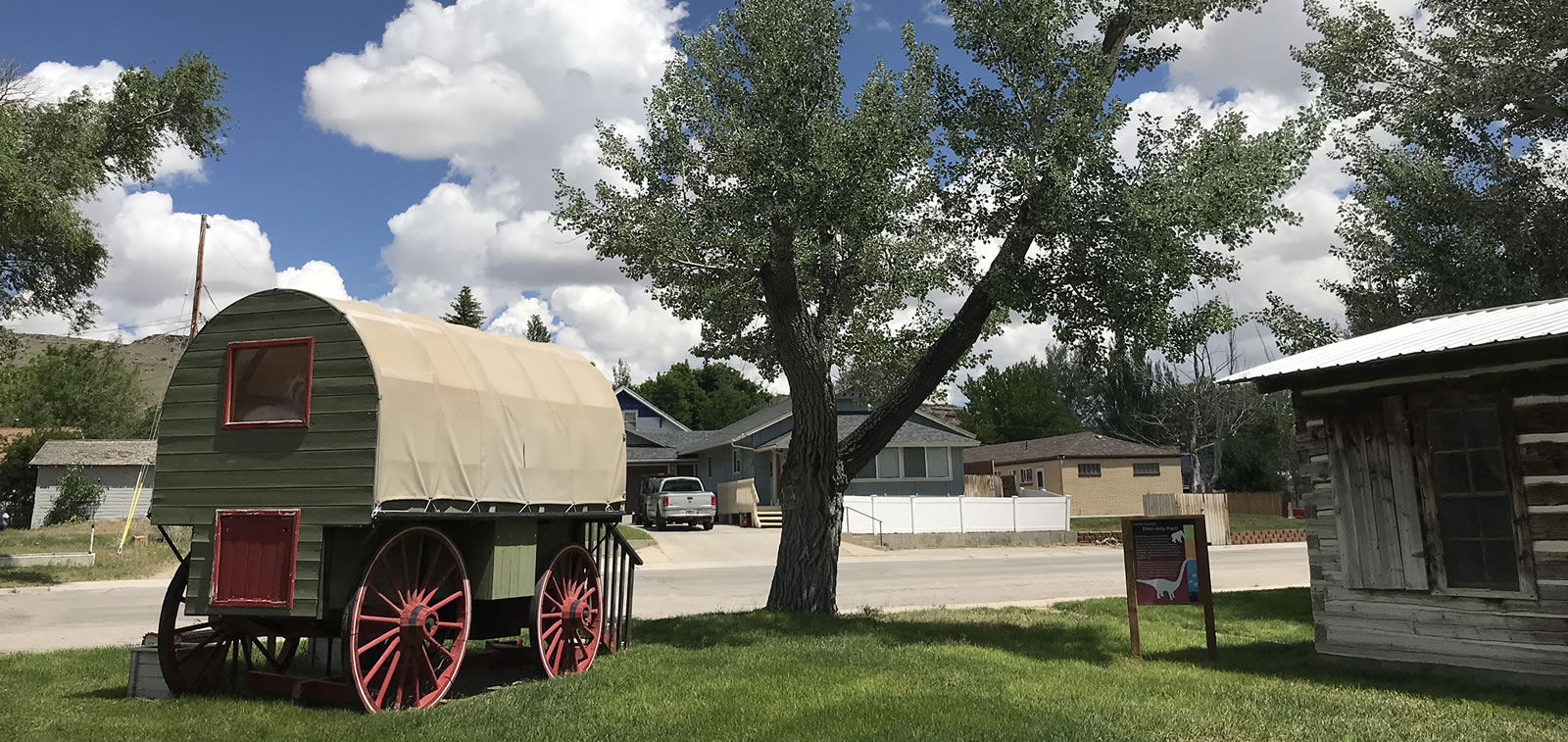
The number of outlaws in the Wild West required law and order. Rawlins, Wyoming, is home to Wyoming’s first state penitentiary, now known as the Wyoming Frontier Prison. The prison opened in December 1901 with 104 cells, no electricity or running water, and inadequate heating. More cells were added over the years, including solitary confinement, maximum security, and execution “death houses”. Approximately 13,500 people were incarcerated here through 1981, including 11 women – 14 death sentences were carried out through hanging and a gas chamber. You’ll find guided tours, exhibits, a museum, and a gift shop at the prison. What’s more, the Rawlins Interpretive Trail will lead you to the old prison cemetery.
Wyoming’s rich resources drew all sorts to the West, including explorers, trappers, settlers, homesteaders, stockmen, and miners, and Carbon County offers glimpses into their life through museums. Near the Colorado border in Savery is the Little Snake River Museum. Once a schoolhouse, this is now a place to explore what life was like during the Old West. In the main building, you’ll find exhibits brimming with artifacts from the Valley’s past. Perhaps even more fun, many historic buildings from around the Snake River Valley are located at the museum. You can explore authentic cabins and houses built as long ago as 1873 and a schoolhouse established in 1900. You can also see a mining tank and display, an interactive Homesteader House, and an exhibit on the guest ranching businesses in the valley.
If you dig mining history, the Grand Encampment Museum located in Encampment, Wyoming preserves the industry’s past with its collection of artifacts representing the timber, mining, and agricultural history of the North Platte River Valley. You can get a sense of mining life in the replica pioneer town with over a dozen historical buildings, including the Lake Creek Stage Station, Wolfard School, Peryam Homestead House, Tie Hack Cabin, and Parkison Home, as well as, a blacksmith shop, a bakery and ice cream parlor, and stables. There’s even a replica of the world-famous two-story outhouse (you’ve got to see that to believe it).
Carbon County is chock full of museums that explore the West and its colorful, often romanticized, past. Train buffs will enjoy the Saratoga Museum and the Medicine Bow Museum. Both are located in original railroad depots and are filled with interesting exhibits and artifacts.
Nestled in the picturesque town of Elk Mountain, Wyoming, is the Elk Mountain Museum, featuring memorabilia from over 120 years of history. Take a short walk down Bridge Street to see some of the town’s original buildings, including the church, crossing station, and much more. You can honor the faith and sacrifice of the Latter-day Saint emigrants at the Mormon Handcart Historic Site in Martin’s Cove, Wyoming. Exhibits record the tragic circumstances of their trek by handcart from Iowa City, Iowa to Salt Lake City, Utah in 1856.
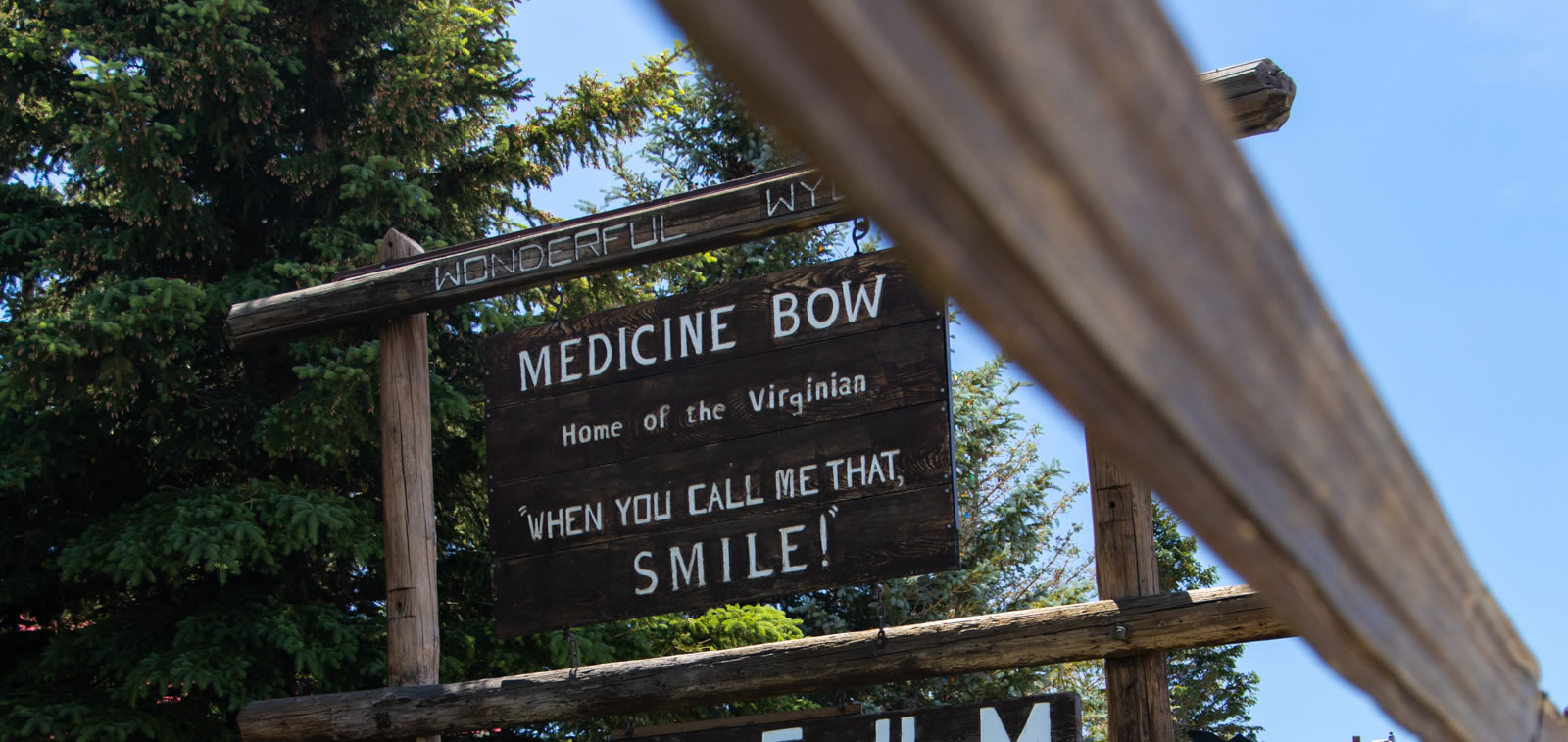
In Hanna, Wyoming, is the Hanna Basin Museum dedicated to revealing life and death in the first coal camp along the original line of the Union Pacific Railroad. In Sinclair, Wyoming, at the Parco/Sinclair Museum, you’ll find a unique museum dedicated to petroliana — collectibles related to gas stations and the petroleum industry. While not officially associated with Sinclair Oil Corporation, the museum is filled with Sinclair Oil artifacts dating as far back as the 1930s.
Go For The Hot Springs, Stay for the Adventures
Many moons ago, Cheyenne, Ute and Arapaho Native American’s agreed on one thing — the healing waters of the natural hot springs in Saratoga, Wyoming, should be open to all. Dubbed the “place of magic waters’, these soothing pools of water became neutral ground. You can explore the hot springs and soak your cares away in the great outdoors any time of year, including wintertime.
Saratoga, Wyoming’s name is derived from the unique and popular hot springs, inspired by the famous warm water destination of Saratoga Springs, New York. Many natural springs are actually ice-cold in Wyoming, yet Saratoga’s hot springs emerge at a wonderful 90 to 120 degrees Fahrenheit. The heat originates from a natural heat gradient located deep underground. Although heat is available everywhere under Earth's crust, it takes a rare system of fractures to allow rainwater to reach deep into the Earth's crust and re-emerge as a hot spring. The process may take thousands of years, so the warm water enjoyed today is a relic of snows or rains of past millennia.
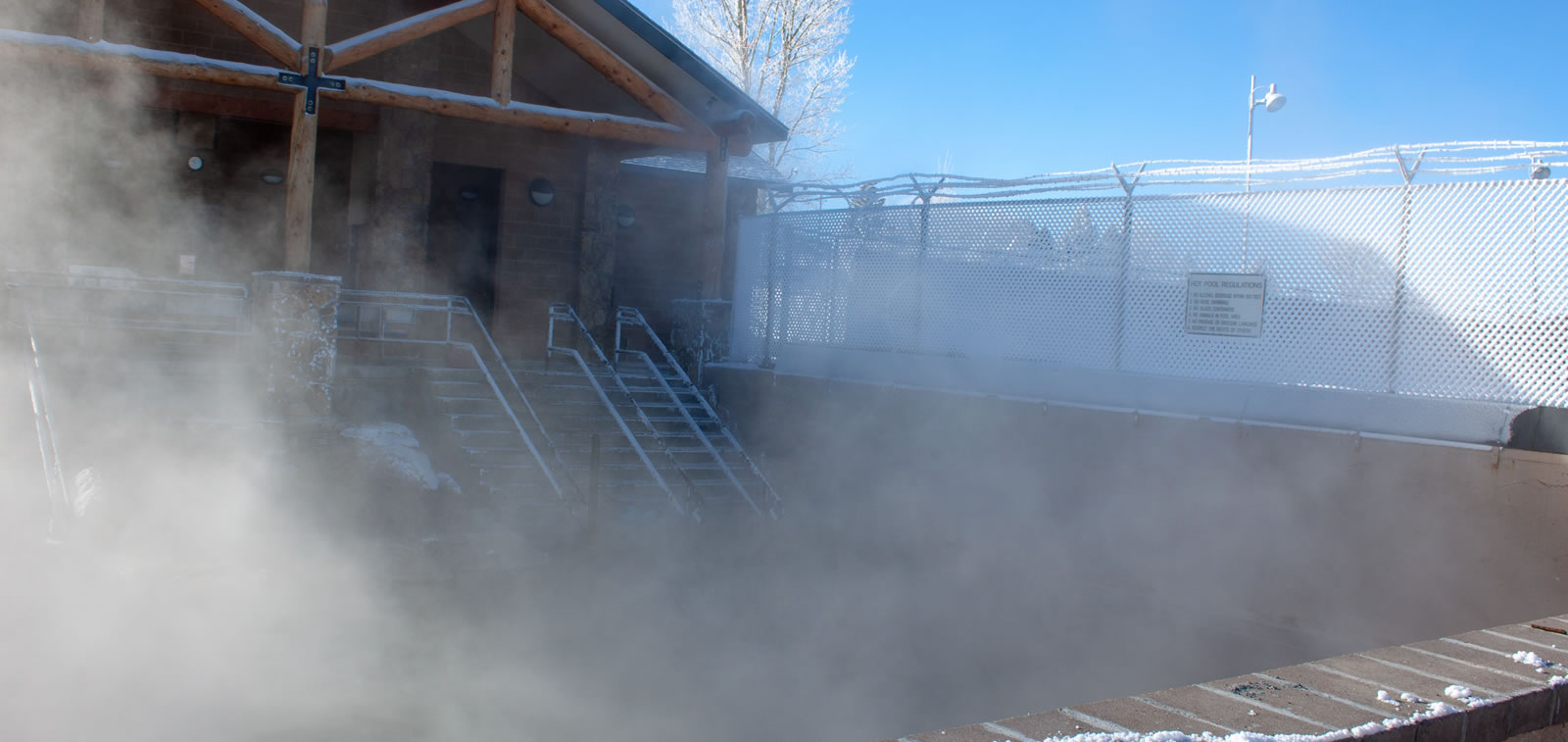
MORE THAN HOT WATER: THE MAGIC OF HOT SPRINGS
Beyond just feeling good, heated mineral water has been used to treat various ailments for centuries. The practice even has a name — balneotherapy. When you ease into a hot spring, muscles and joints naturally relax. Add in the minerals found in hot springs and your skin will glow and your body is sure to feel good.
You can enjoy the hot springs for free any time of year, 24-hours a day, 7 days a week, at the Hobo Hot Springs.
The historic Saratoga Hot Pool is located on the banks of the Platte River, where a bathhouse was constructed that is now a locker room for visitors. Water temperatures in the hot pool range from 101 to 120 degrees, with one section called the Lobster Pot reaching 120 degrees. The hot pool exits out to the river where you can take a refreshing cooling dip or wade through the waters along the banks of the North Platte River. Plus, you’ll find a swimming pool, restrooms and changing facilities on-site.
Nestled between the Snowy Range and the Sierra Madre Mountain Range on the Upper North Platte River is an immersive hot springs experience at the Saratoga Hot Springs Resort.
When you stay at this expansive property, you can swim in the 70-foot mineral hot springs swimming pool and soak under a teepee in small covered hot pools. The resort also offers the Healing Waters Spa at the back of the mineral hot spring courtyard. Guests and the public are welcome to relax and rejuvenate through a variety of spa treatments offered in what was once the original State Bath House built in 1902.
Saratoga Hot Springs Resort is a gateway destination in Saratoga.
This rustic yet elegant resort and spa offers everything from outdoor adventures to gourmet delights. When old man winter drops hundreds of inches of snow, you’ll find fun adventures abound in the Snowy Range. In fact, this is one of the few places you can rent snowmobiles to explore the backcountry and hopefully catch sight of some resident wildlife. After you’ve worked up an appetite, you’ll find delectable dishes at The Snowy Mountain Pub & Biergarten, sure to satisfy any palate. Taste the craft beer scene at the Snowy Mountain Brewery, Wyoming’s 3rd oldest craft brewery located right on-site.
Come to Saratoga for the Hot Springs, and stay for the frontier forward experiences.
As snow falls, blanketing the lands, our thoughts turn toward the promise of spring.
Before you know it, the sun will shine and uncover the open scenic byways teaming with new life. Bide your time inside by planning your road trips through Carbon County, Wyoming, using our guide to scenic byways and discover what you’ll find as you cruise these roads west.
FUN FACT: Fossil Cabin was a private residence. The owners donated the 1930s cabin to the Medicine Bow Museum, where it will be moved and turned into an exhibit.
Let’s begin with the Lincoln Highway, the first transcontinental highway in the United States that made cross-country travel more accessible. Along the way, you'll uncover unique buildings and landmarks (many on the National Register of Historic Places) and other sights you can't miss.
As you travel the Lincoln Highway through Bosler and Rock River on your way to Carbon County, you’ll come upon Como Bluffs. The long anticline ridge extends east to west between Rock River and Medicine Bow and is the site of one of the first major dinosaur fossil discoveries in the world in 1877. When two well-founded scholars rushed to find the bones first for the naming rights, a bitter fight ensued known as The Bone Wars. Even more interesting, you will pass by Fossil Cabin, the oldest cabin in the world so named because it’s constructed of dinosaur bones. It’s so unusual, the building was included in Ripley’s Believe It or Not.
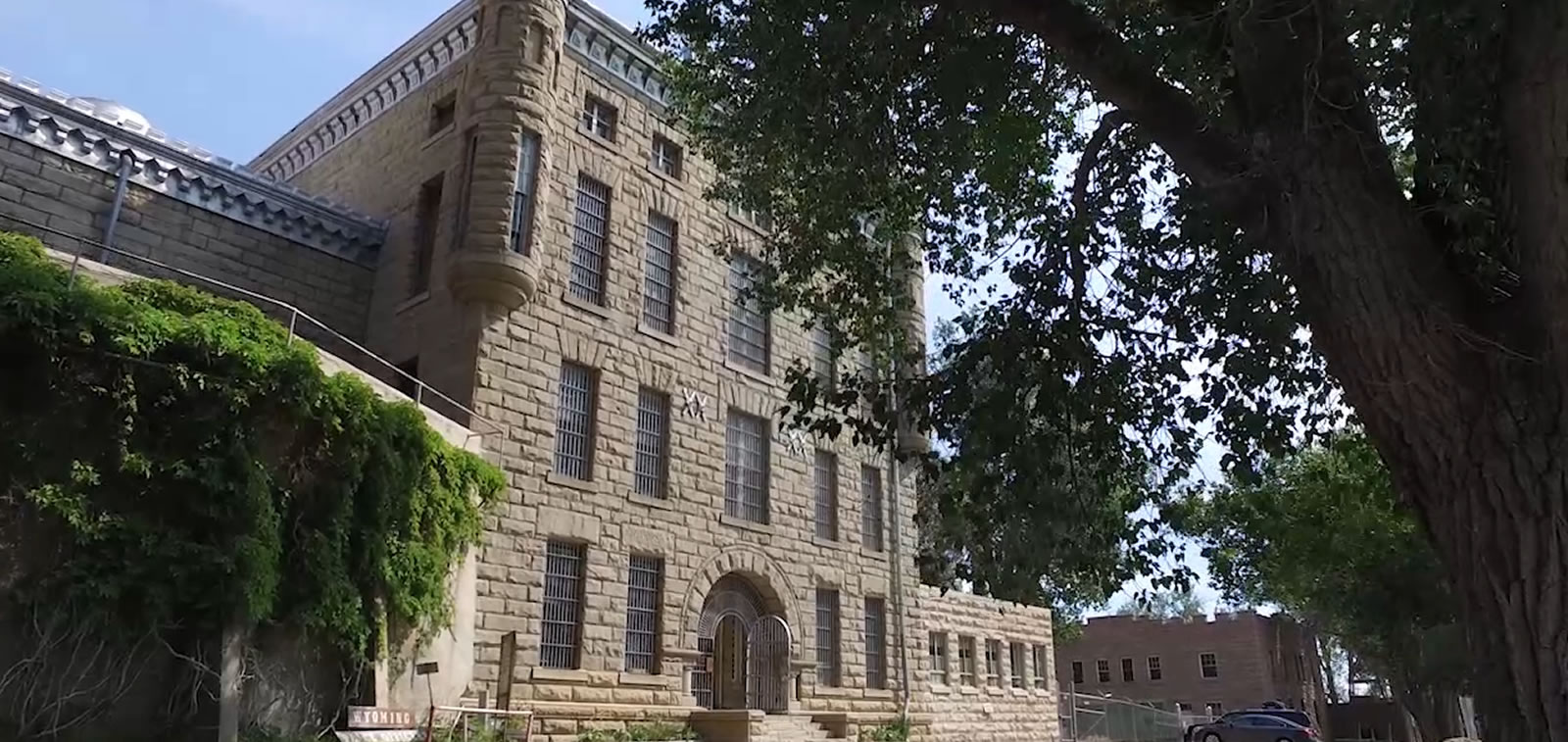
As you continue along the highway, plan to stop at the Medicine Bow Museum, located in the old railroad depot across the highway from the Virginian Hotel. Among the many artifacts and monuments here, you’ll find Owen Wister’s Cabin. The wood cabin was built by Wister in 1939 for a summer home and hunting lodge in the Jackson Hole area. Once you’re back on the road headed toward the mining town of Hanna, prepare to be wowed by wind farms comprised of turbines that tower more than 200 feet in the air.
You’ll find yourself at the center of one of Wyoming’s largest and richest coalfields in Hanna. Here you can visit one of two monuments to pay your respects to the 228 local miners who lost their lives in the 1903 and 1908 explosions. Uncover more about the mining history at the Hanna Basin Museum.
From Sinclair, take the old Lincoln Highway to Rawlins. In Sinclair, Wyoming, you’ll come across the delightful historic downtown where you explore the Parco Inn, old canon, renovated historic theatre, and the Parco/Sinclair Museum. Once in Rawlins, you will want to explore the historic downtown and the award-winning Main Street rich in 19th-century architecture, offering colorful murals, quaint shops, and places to eat. Don’t miss a chance to learn about the colorful history of the area at the Carbon County Museum or the Wyoming Frontier Prison before traveling westward.
Initially paved in the 1930s, the Snowy Range Scenic Byway was designated the United States’ second scenic byway in 1988.
This high-altitude drive meanders through some of the most spectacular and easily accessible peaks in Medicine Bow National Forest with many awe-inspiring stops.
Hikers can take a 5.5-mile hike to Medicine Bow Peak. At 12,013 feet, it's the highest peak in southern Wyoming and features switch-backs, rock crossings, and breathtaking scenery. Lake Marie (named after Mary Bellamy, suffragist and the first woman elected to the Wyoming State Legislature in 1910) is gorgeous and even has a waterfall.
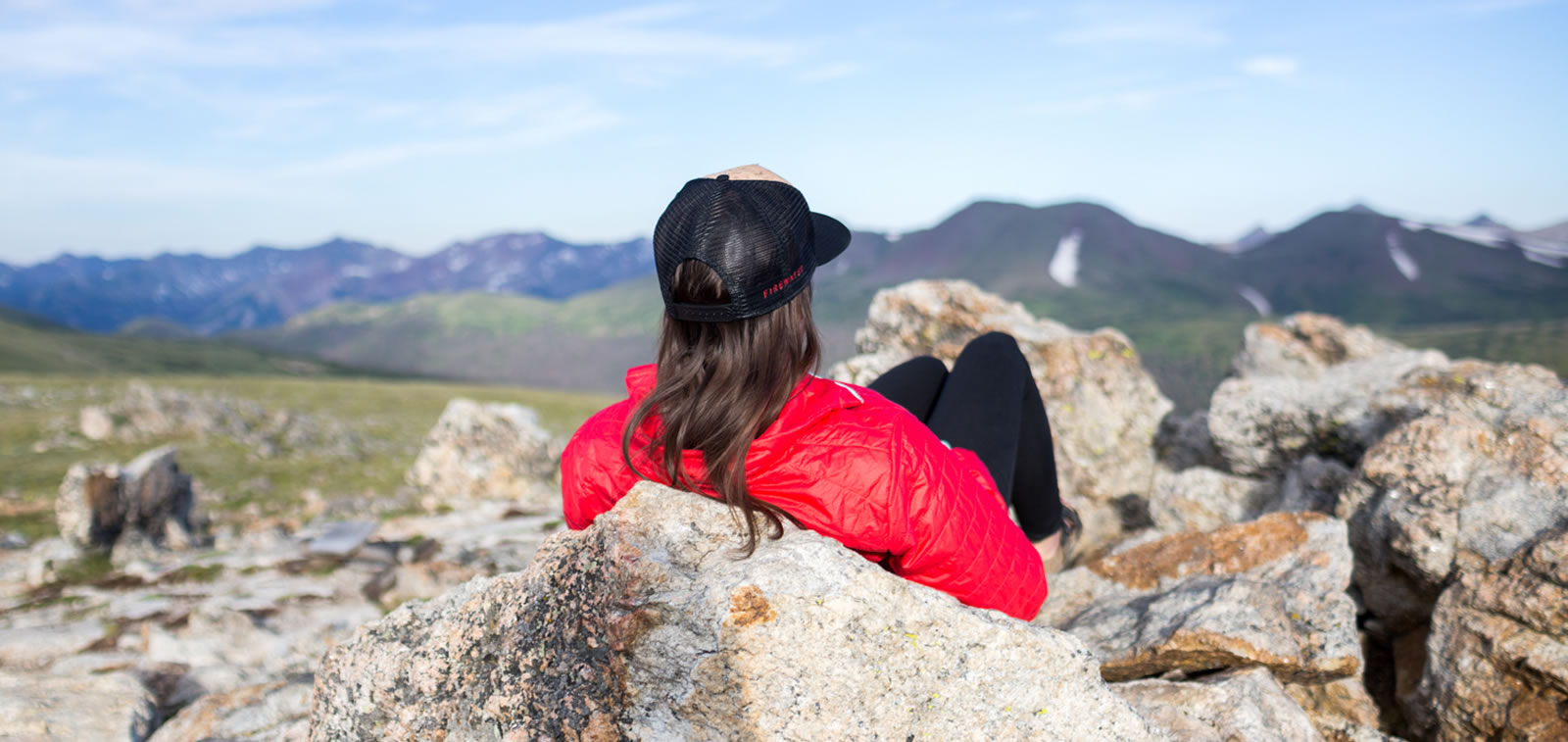
The highest point on the highway is Libby Flats Observation Point, with almost 360-degree views. Look south for the Rocky Mountain National Park. Turn west to see Medicine Bow Peak, the Sierra Madre Mountains, and Mt. Zirkel Wilderness Area, and east to find the Laramie Mountains.
Ryan Park Campground offers a look into its time as a prisoner of war camp, housing captured German and Italian soldiers in the 1930s, through historic interpretive signs. End your day with a soothing dip where Native Americans once soaked for the healing powers of the hot springs at the Hobo Hot Springs in Saratoga, Wyoming. It’s free to the public and open 24 hours a day, seven days a week.
FUN FACT: Every year, thousands of people traverse the Continental Divide Trail, also known as the CDT. This famous 3,100-mile trek passes right through Carbon County, Wyoming.
Stunning views line Battle Highway as it stretches over the crest of the Sierra Madre Mountain Range, between Encampment and Baggs, Wyoming. Often underrated, this pass, named for a famous battle between Native Americans and fur trappers in 1841, crosses the Continental Divide and offers mining ghost towns, historical sites, and much more.
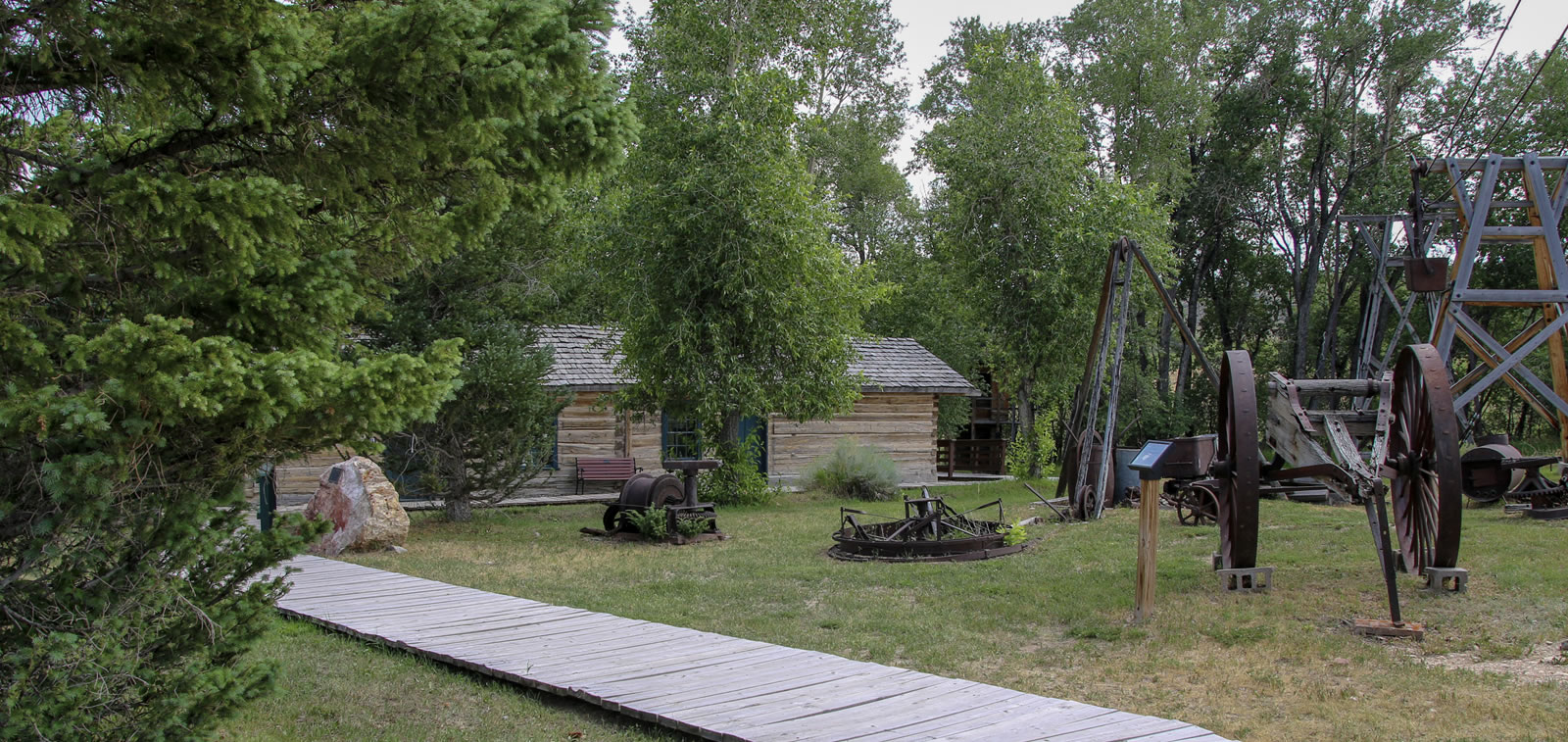
In Encampment, Wyoming, the Grand Encampment Museum preserves history with over a dozen historical buildings filled with timber, mining, and agricultural artifacts. Cruise up to the town of Battle, once a thriving mining and logging town, now a ghost town with abandoned cabins and a derelict police car. The Battle Townsite Overlook is an ideal rest stop at Battle Pass for its views and interpretive information that provides a snapshot of the once-bustling town during the historical mining era.
Keep an eye out for the pullout along Highway 30. While Battle Lake is a property owned by Brush Creek Ranch, you can take in the lake’s breathtaking views. Look for the Thomas A. Edison monument here, too, commemorating his 1878 vacation that inspired his discovery of filament for the incandescent electric lamp. Head west through the Medicine Bow Forest. Be sure to stop and explore 150 years of history at the Little Snake River Valley Museum in Savery, Wyoming, which features over 15 historic buildings, including Jim Baker’s cabin built in 1873, a one-room schoolhouse, two-cell jail, saloon, and more.
Between Sinclair and Alcova is a remote climb over the rugged Seminoe Mountains that leads to antelope-grazed prairie and stark desert in the backcountry. The landscape transforms before your eyes, and as the home to mule deer, pronghorn antelope, bighorn sheep, golden and bald eagles, and ferruginous hawks, sightings are common. There’s much to explore along the way.
This is a water lover's destination. The Seminoe Reservoir, Pathfinder Reservoir, Seminoe State Park, and Miracle Mile (a 7-mile stretch of the North Platte River) are popular fishing, boating, water skiing, and wildlife viewing areas. Seminoe Sand Dunes offer impressive dunes like the Ferris Dune Field. It’s part of a massive geological formation you can see from the road that reaches from western Wyoming all the way to Nebraska.
You’ll want to circle back to Rawlins and discover more monuments and memorials dedicated to the earlier pioneers. View more than 5,000 names of westward travelers at Independence Rock, also known as the Register of the Desert. You can also see Devil’s Gate, the 330 foot deep cut carved through the rock by the river. Continue on to the Mormon Handcart Historic Sites to honor the faith, obedience, sacrifice, and charity of Latter-day Saint emigrants who journeyed by handcart between 1856 and 1860. As you go, keep your eyes open and your camera ready: the west-side of Highway 287 is home to many wild horses and antelope.
Carbon County’s scenic byways are the perfect escape when warmer weather begins to melt away Wyoming’s snow. Use the winter days to dream of spring and all the sights waiting for your exploration.
Start planning your SCENIC ROAD TRIP today.
The Platte Valley
The quiet and picturesque resort town of Saratoga, Wyoming holds a true Carbon County gem; Hobo Hot Springs. Hobo Hot Springs in free and open to the public. The Saratoga Hot Pool is the ultimate for healthy relaxation for the whole family.
Saratoga is a popular destination spot for tourists, hunters, birdwatchers, fisherman and shoppers. Saratoga has the best blue ribbon trout fishing in the country with over 100 miles of River flowing throughout the Platte Valley. With several public accesses along the river you can fish on your own or hire one of the many outfitters to take you.
Communities
Download the Discover Carbon County App
The Discover Carbon County app is designed to help you plan the perfect vacation, trip or weekend getaway in Carbon County!
- Discover activities and attractions that match your interests
- View upcoming events near you
- Add events and places to your custom trip
- Share events, places and your itinerary with friends and family
© Carbon County Visitors Council • All Rights Reserved.




